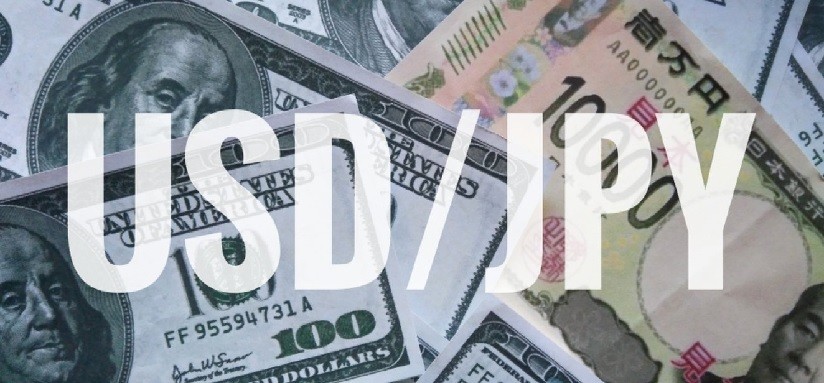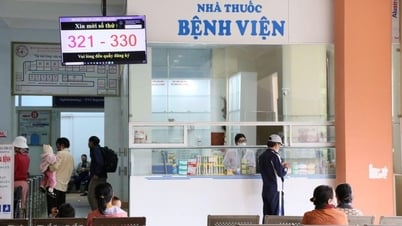 |
| Foreign exchange rates today October 3: USD, EUR, CAD, Japanese Yen, British Pound, exchange rates... (Source: Reuters) |
The central exchange rate between Vietnamese Dong (VND) and US Dollar (USD) on the morning of October 3 was announced by the State Bank at 24,065 VND/USD, an increase of 6 VND/USD compared to yesterday.
Domestic market: At Commercial Banks on the morning of October 3, specifically as follows:
USD exchange rate for buying is 24,120 VND/USD, up 30 VND/USD, selling is 24,490 VND/USD, up 30 VND/USD compared to yesterday.
EUR exchange rate for buying is 25,044 VND/EUR, down 45 VND/EUR and selling is 26,419 VND/EUR, down 47 compared to yesterday.
BIDV Bank:
The buying USD exchange rate is 24,200 VND/USD, up 30 VND/USD, the selling rate is 24,500 VND/USD, also up 30 VND/USD compared to yesterday.
EUR exchange rate for buying is 25,027 VND/EUR, down 198 VND/EUR; selling is 26,198 VND/EUR, down 215 VND/EUR compared to yesterday.
| STT | Currency code | Currency name | Bank rate commerce Buy | Bank rate commerce Sell | *State Bank exchange rate Apply for import and export from September 28 to October 4 |
| 1 | EUR | Euro | 25,044.46 | 26,466.85 | 25,432.11 |
| 2 | JPY | Japanese Yen | 157.80 | 167.04 | 161.61 |
| 3 | GBP | British Pound | 28,885.60 | 30,115.52 | 29,242.83 |
| 4 | AUD | Australian Dollar | 15,208.19 | 15,855.73 | 15,365.74 |
| 5 | CAD | Canadian Dollar | 17,460.94 | 18,204.41 | 17,813.93 |
| 6 | RUB | Russian Ruble | 238.59 | 264.13 | 250.17 |
| 7 | KRW | Korean Won | 15.56 | 18.95 | 17.82 |
| 8 | INR | Indian Rupee | 292.08 | 303.78 | 289.43 |
| 9 | HKD | Hong Kong Dollar (China) | 3,026.51 | 3,155.37 | 3,080.19 |
| 10 | CNY | Chinese Yuan China | 3,262.40 | 3,401.83 | 3,297.78 |
(State Bank and other commercial banks)
Exchange rate developments in the world market
In the US market, the US Dollar Index (DXY) measuring the greenback's fluctuations against six major currencies (EUR, JPY, GBP, CAD, SEK, CHF) increased by 0.79% to 107.02.
The greenback exchange rate in the world today increased sharply, reaching a new peak of 107. The Japanese Yen decreased.
Specifically, the USD increased in the last trading session, after new economic data once again supported the view that the US Federal Reserve (Fed) will maintain higher interest rates for longer.
The U.S. manufacturing sector continued to recover in September as employment recovered, according to a survey by the Institute for Supply Management.
In addition, the US Congress enacted a temporary budget law last weekend to prevent a government shutdown. This law helps allocate funds to ensure the federal government can maintain operations until November 17.
According to the US Constitution, Congress is responsible for allocating funds to cover the operations of the 438 government agencies during each fiscal year (which ends on September 30). If lawmakers do not pass a budget bill before the new fiscal year begins, the government agencies will not be able to continue operating normally.
Treasury yields rose, with the benchmark 10-year yield hitting 4.703%.
“The U.S. economy appears resilient to higher interest rates for a long time,” said Bipan Rai, head of North American foreign exchange strategy at CIBC Capital Markets in Toronto. “The Fed is unlikely to cut rates quickly next year.”
Elsewhere, the Japanese yen weakened 0.31% against the greenback, currently at 149.77, after falling to 149.90.
“US growth is much better than other countries and it can benefit from the high interest rate differential,” said Edward Moya, senior market analyst at Oanda (New York, USA).
Investors are now closely watching for signs of intervention in the Japanese yen by the Bank of Japan (BOJ). The yen has been under pressure against the greenback as the BOJ remains a dovish outlier among global central banks, especially since the Fed began its aggressive rate-hike cycle in March 2022.
A summary of comments at the BOJ's September meeting showed many policymakers discussed the prospect of eventually changing its "ultra-loose" policy, while the central bank also said it would conduct additional bond-buying operations.
Source


![[Photo] Prime Minister Pham Minh Chinh chairs the Government's special meeting on law-making in May](https://vphoto.vietnam.vn/thumb/1200x675/vietnam/resource/IMAGE/2025/5/22/1c880aae96fd4e0894abc47a46fe19ba)


![[Photo] General Secretary To Lam chairs a working session with the Central Internal Affairs Commission](https://vphoto.vietnam.vn/thumb/1200x675/vietnam/resource/IMAGE/2025/5/22/3b7790f499da45b2803d8ae253207ef1)
![[Photo] Press delegation meeting to visit Truong Sa and DK1 Platform](https://vphoto.vietnam.vn/thumb/1200x675/vietnam/resource/IMAGE/2025/5/22/6b8d232877ec421a9e8187d83b9f8006)
![[Photo] Prime Minister Pham Minh Chinh chairs meeting on draft Resolution of National Assembly on International Financial Center in Vietnam](https://vphoto.vietnam.vn/thumb/1200x675/vietnam/resource/IMAGE/2025/5/22/d398664ff1a140629169ea5a24e1b4d0)




















































































![[Podcast] Week introducing more than 500 OCOP products in Hanoi](https://vphoto.vietnam.vn/thumb/402x226/vietnam/resource/IMAGE/2025/5/22/d144aac2416744718388dbae3260e7fd)




Comment (0)